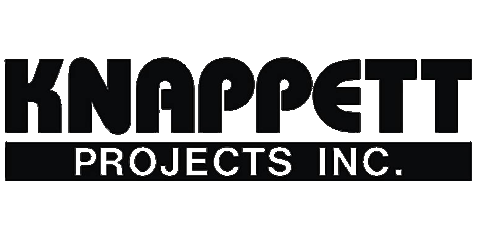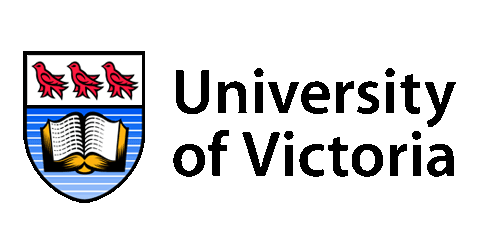Helping those who can’t help themselves the right way
Progress is happening in a key area needed to improve community safety, but a lot of work left is still needed before anyone can confidently say the job is done.
Last week, a significant change was made to enable health-care workers to help people unable to help themselves due to mental health or addiction issues.
This week, the province clarified the steps that will allow people to receive needed help while protecting them from potential abuses of the involuntary care process.
“When someone is detained under the Mental Health Act, it can be a confusing path to navigate alone,” Canadian Mental Health Association of BC CEO Jonny Morris said in a provincial news release. “The Independent Rights Advice Service, now entering a new phase after almost two years of service, is a powerful source of support, information and understanding.”
The changes now give people involuntarily detained under the Mental Health Act a right to meet with an independent rights adviser who can help patients protect their Charter rights.
It’s an important guardrail for a process that has had an uneven history.
“At the end of the day, we all want to see people get they help they need and be treated with dignity,” Chamber CEO John Wilson said. “What we know for sure is that seeing people suffering on our streets and vulnerable to predators is inhumane, and profoundly impacts everyone’s sense of safe community.”






















